Prepare Your Home for Professional Interior Painting
Okay, so you’ve made the wise decision to invest in a professional painter to paint your home interior. Congratulations!
The next steps are simple.
You get a quote, then book your chosen painter to paint your house.
They turn up with their equipment, ready to go. That’s all, right?
Wrong.
There is plenty to do before your painting pro can start on your next interior paint job.
A professional painter can help you get the job done quickly with top-notch results. Knowing how to get your house ready is super-helpful when preparing for a large project.
Remember, unless otherwise agreed with the painting company, it may be up to you to make sure your home is adequately prepared.
The first step for paint preparation is to get in touch with your professional house painting service.
You should find out what extras or optional services they offer if you do not want to do the prep work.
- Does the crew fix minor repair issues?
- Who should patch up nail holes and small dents?
- What cleaning methods work best for prepping your walls for paint?
Some painting firms will take care of at least some of the prep in accordance with your arrangement, but there are still certain steps you should take ahead of time.
Here are some expert tips to save yourself time, hassle, and money on a professional paint job.
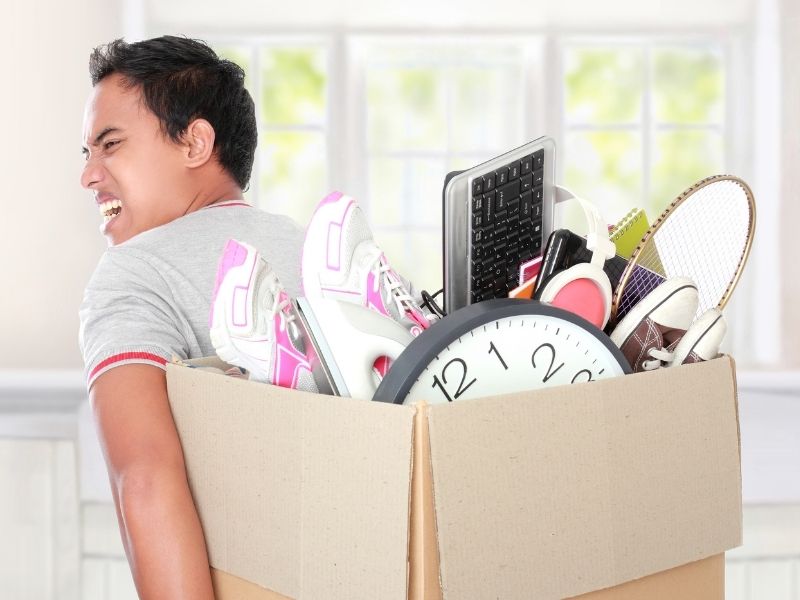
1. Remove All Breakable Items and Wall Hangings
To begin with, protect any breakable or fragile items.
Move all breakable items out of the rooms to be painted.
Make sure they are boxed and stored away so your painter can move your furniture quickly and easily.
The same goes for ornaments or free-standing decorative items you might have about the place.
It’s also a good idea to take out anything that may be hanging on the walls to be painted and putting them in a safe place.
Painters are not going to get their job done if there are still mirrors, photos and other decorative bits and pieces all over your walls.
Rather than fumbling around and trying to get the job done after the arrival of the painters, take down your decorative features and make sure they’re stored somewhere safe.
Don’t take chances with your most precious objects. You might want to consider a temporary storage room, such as a basement, attic, or garage.
Handy hint – if you want picture hooks removed (or left on walls) please use a grey-lead pencil for any instructions (no sticky-tape, pens or textas please – to avoid expensive patch-up jobs!).
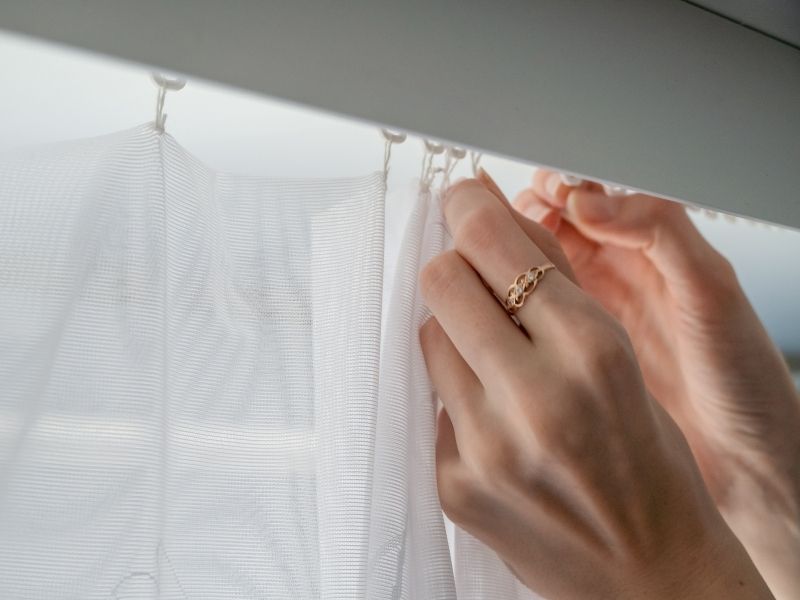
2. Remove your curtains, blinds, rugs and throws
Remove your curtains and blinds before your painter starts – or you’ll pay extra for the service.
A day or two before you plan to prepare the area for the paint crew, take down drapes and remove fabric items such as rugs from the space.
When you roll up your rugs, you can secure the carpet with a fabric tie. Putting plastic or a tarp over valuable items can protect them while the paint crew is working.
No one wants to walk into a freshly painted room to find expensive rugs and throws with paint splatter and splash marks. Accidents happen, but you can avoid these problems by removing the fabrics before the crew shows up.
If you’re installing new carpet when you’re having your house painted, we recommend you have your painter cut a strip around the wall to paint your skirting down to the floor. This avoids additional time and cost for extra painting work, when new carpet is installed at a lower height than the old carpet.
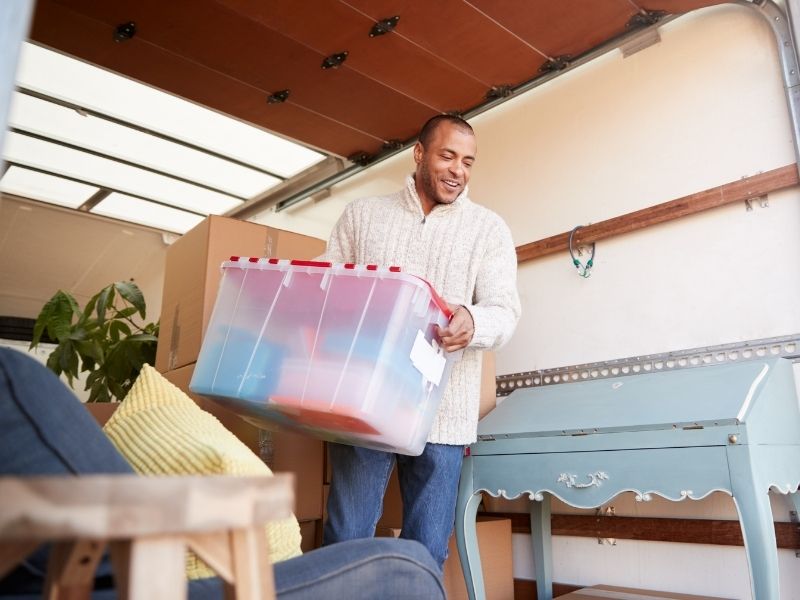
3. Consider Access and Obstructions
Leave enough room from your walls (at least 2 metres) for your painter to place his ladder and work safely and efficiently.
Please don’t stack items under beds, so that they can be moved easily.
It is a good idea to carefully consider access and any obstructions that could potentially get in the way of the painters.
Move bulky items of furniture out of the way if you can and keep the area to be worked on as free of obstructions as possible.
The easier it is for your chosen painting team to get the job done, the faster and more efficiently it will be finished.
Not only this, but faster and easier paint jobs can also be considerably cheaper than those that are unnecessarily challenging.
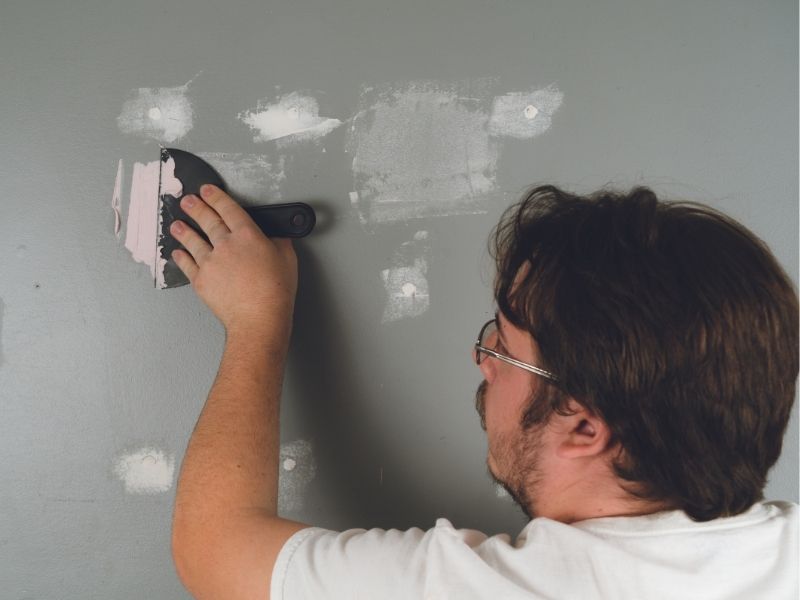
4. Wall Preparation
Speak to your chosen painting service before they visit your home regarding whether or not you will be expected to carry out any kind of wall preparations.
Your painter may request that you clean the walls a few days prior to the paint crew’s arrival. This ensures there is a good, dry surface for the paint to adhere to. Some painters offer to clean the walls for an additional fee.
The same also goes for any kind of damage or deterioration of the materials to be painted themselves. If for example you have problems with rotting wood, rusting metal or infestations of any kind, these will need to be addressed prior to the painting going ahead.
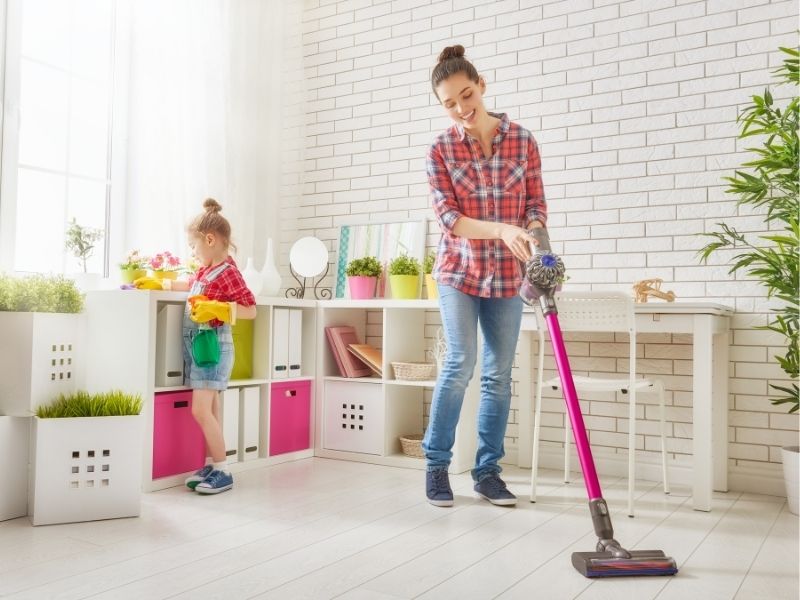
5. Clean the Room
It’s a very good idea to give the room a full, thorough clean, prior to the new paint being applied.
The last thing you want is to allow dust and dirt lurking in the room to be stirred up and settle on the surface of your once-flawless new paint job – before it even had a chance to dry.
The day before the painting is to be done you should clean the room thoroughly.
Vacuum the walls, ceiling and floor. Vacuum and polish any furniture being left in the room during painting. Once you clean the room, try to prevent anyone from entering the space.
Then, for 24 hours after the painting is done, try not to track any dirt or debris into the room until the paint dries thoroughly.

6. Vacate the House and Remove Kids and Pets
Make sure you plan to ensure that kids, pets and people in general are kept as far away from the workspace as possible.
The aim is to minimize the likelihood of messy accidents. You might even be able to arrange for the job to be done and finished while nobody’s home at all.
Professionally painting your house will take some time.
If you have pets, ask friends or family to look after them for a while, until the painting work is done. Placing your pets in a kennel is an option if you do not have someone you can ask to help.
Another strategy is to set up an area in another part of the house for the kids to play in and the pets to stay in.
You are paying an interior house painter to paint your home. If they can remain focused on the job, it will get done faster and produce a better result.
If they are constantly distracted by your kids or your pets, it will take them longer to finish and could result in a poor painted finish.
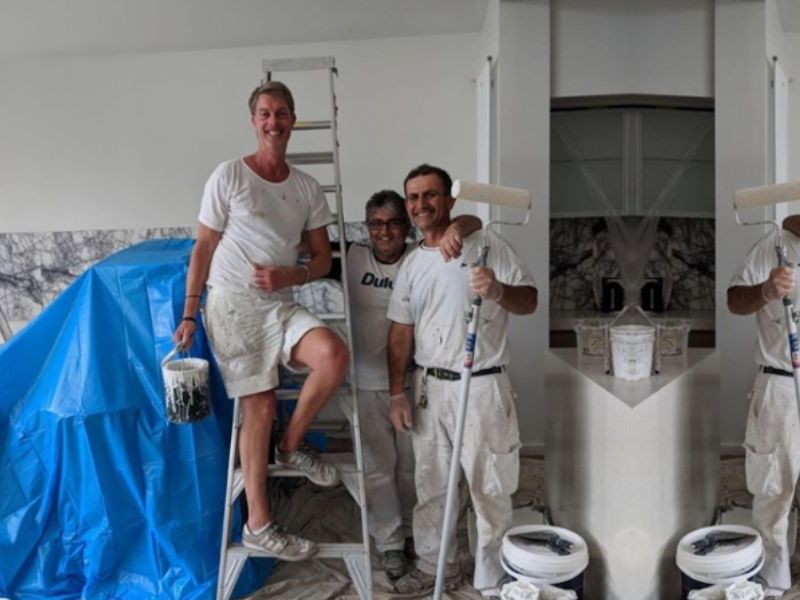
7 – Other considerations
Here are a few other considerations that can help you get the most out of your professional painting experience:
- Designate a specific toilet and bathroom for your painters’ use.
- Provide facilities on site for painters to clean their brushes, rollers and spray gun. If you don’t, then let your painter know, as there may be an additional cost for cleaning these off-site.
- Set aside storage for your painters to leave their equipment. This will minimize time they might spend going back and forth to their vehicles and help them focus on completing the paint job.
Always Ask in Advance
Every painting job is unique.
When you hire professional interior house painting services, it’s always advisable to ask what type of preparations you need to make. They might have specific needs in your home that is not common in others.
Asking in advance will ensure you are ready for the painting crew the moment they arrive at your home. This will save you time and money.
If you want to know what preparations we prefer you to make before painting your home, give us a call on 0404 227 330!


